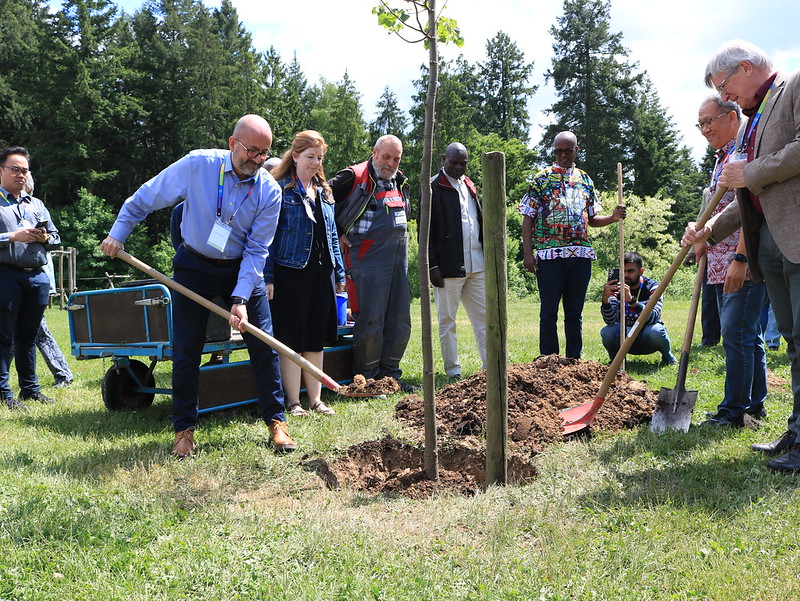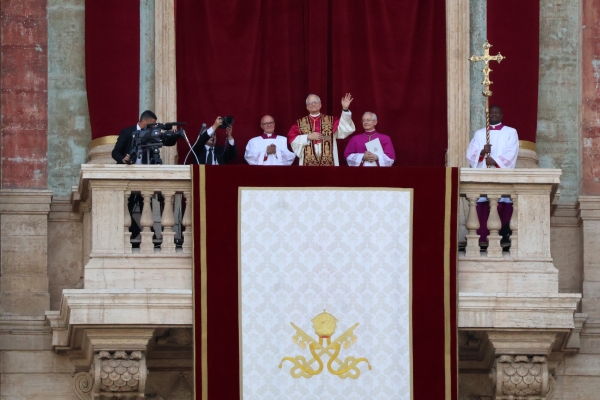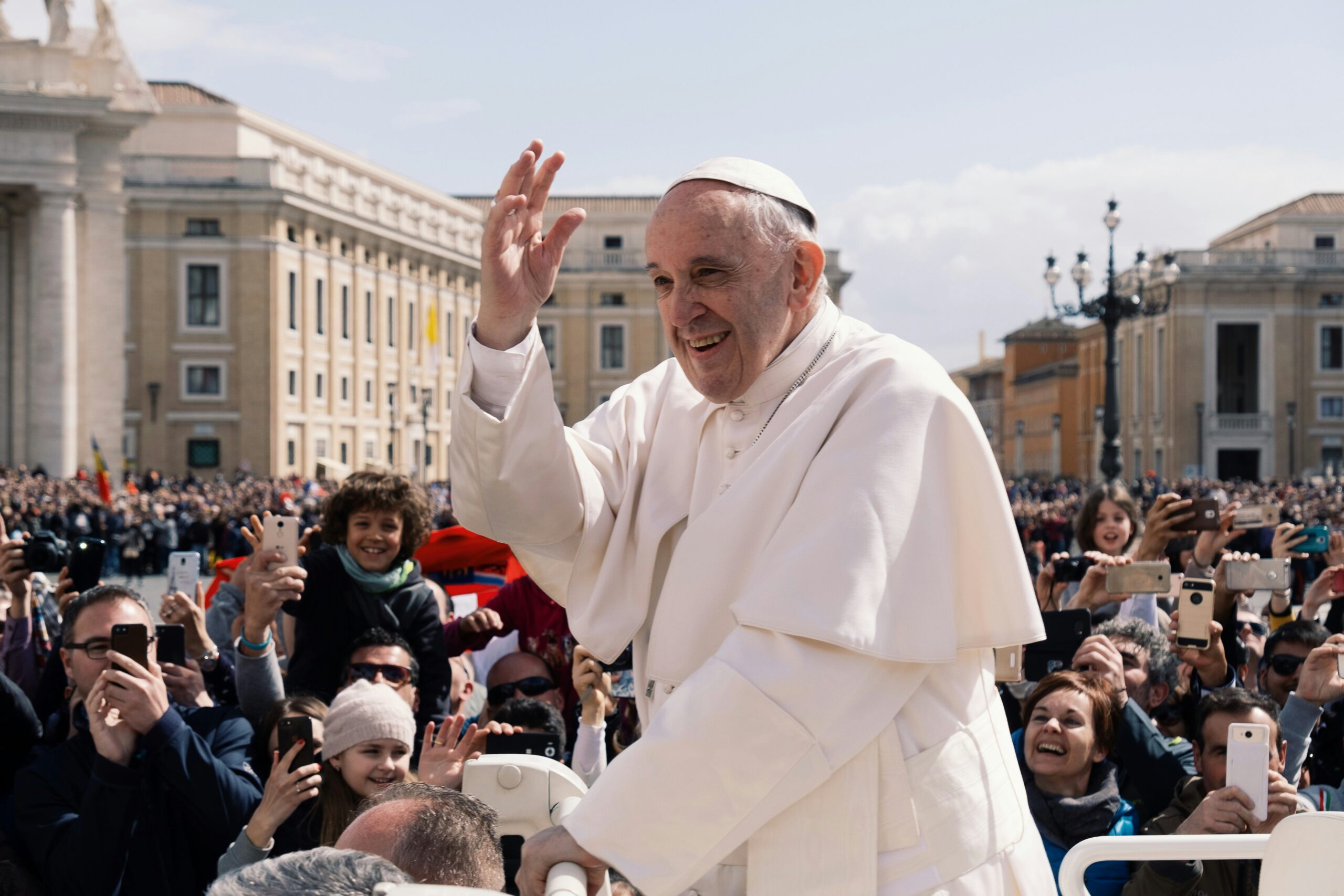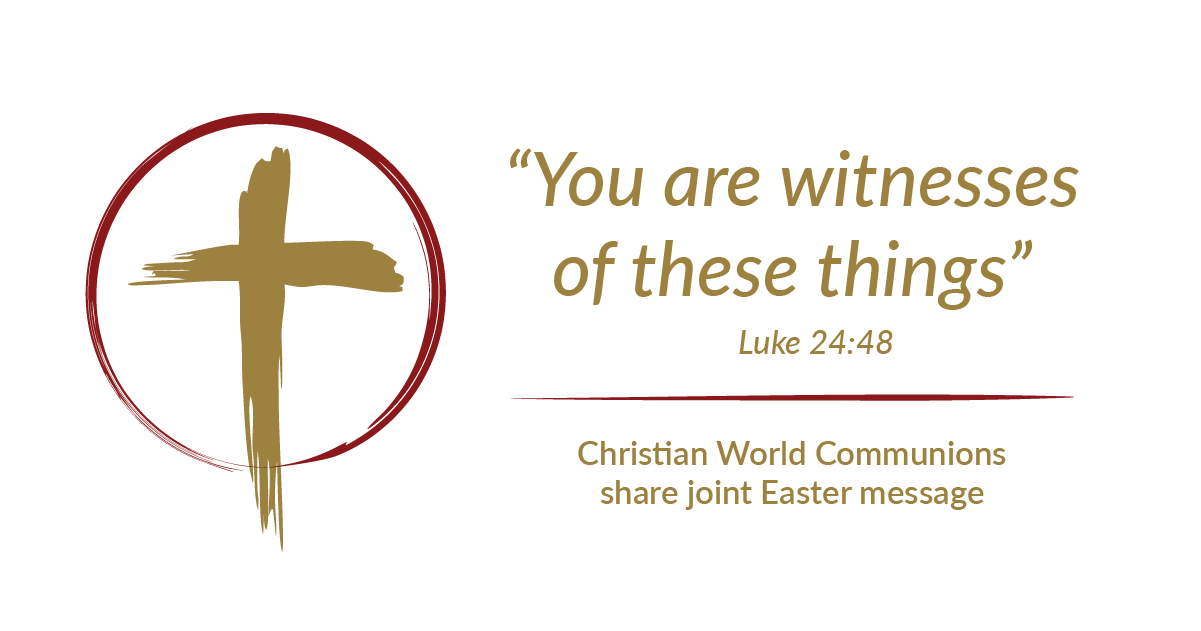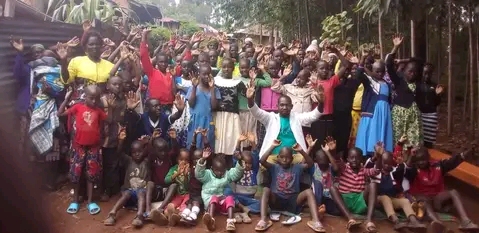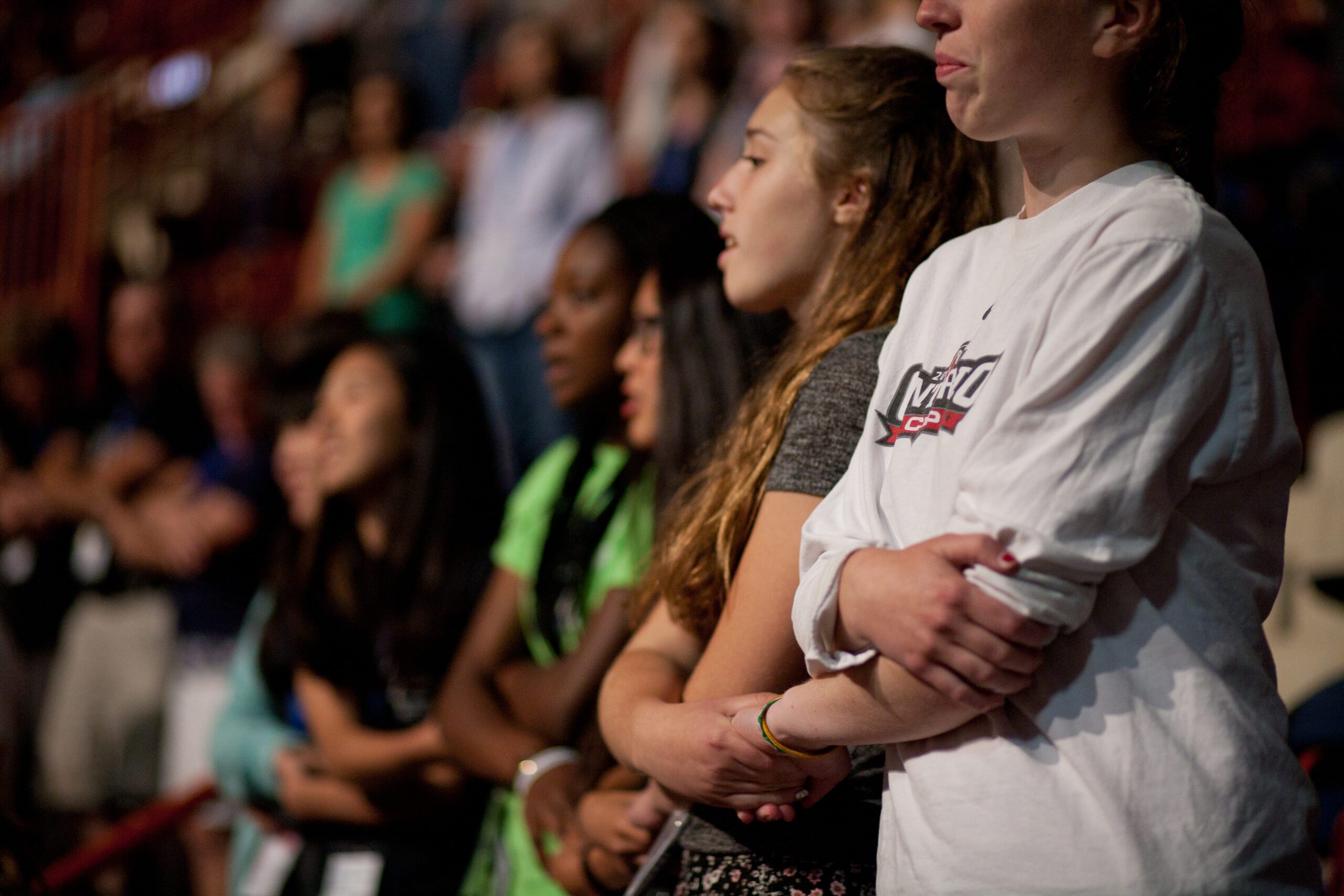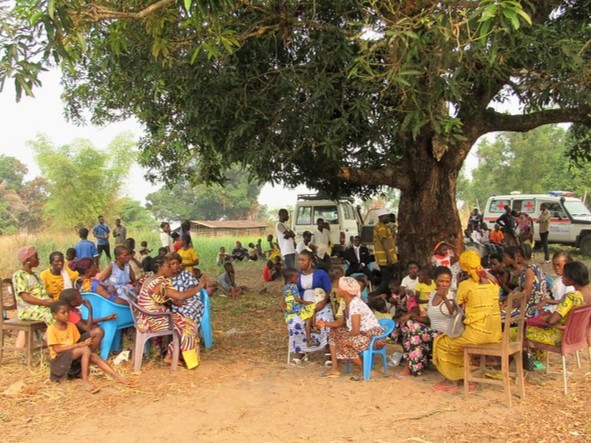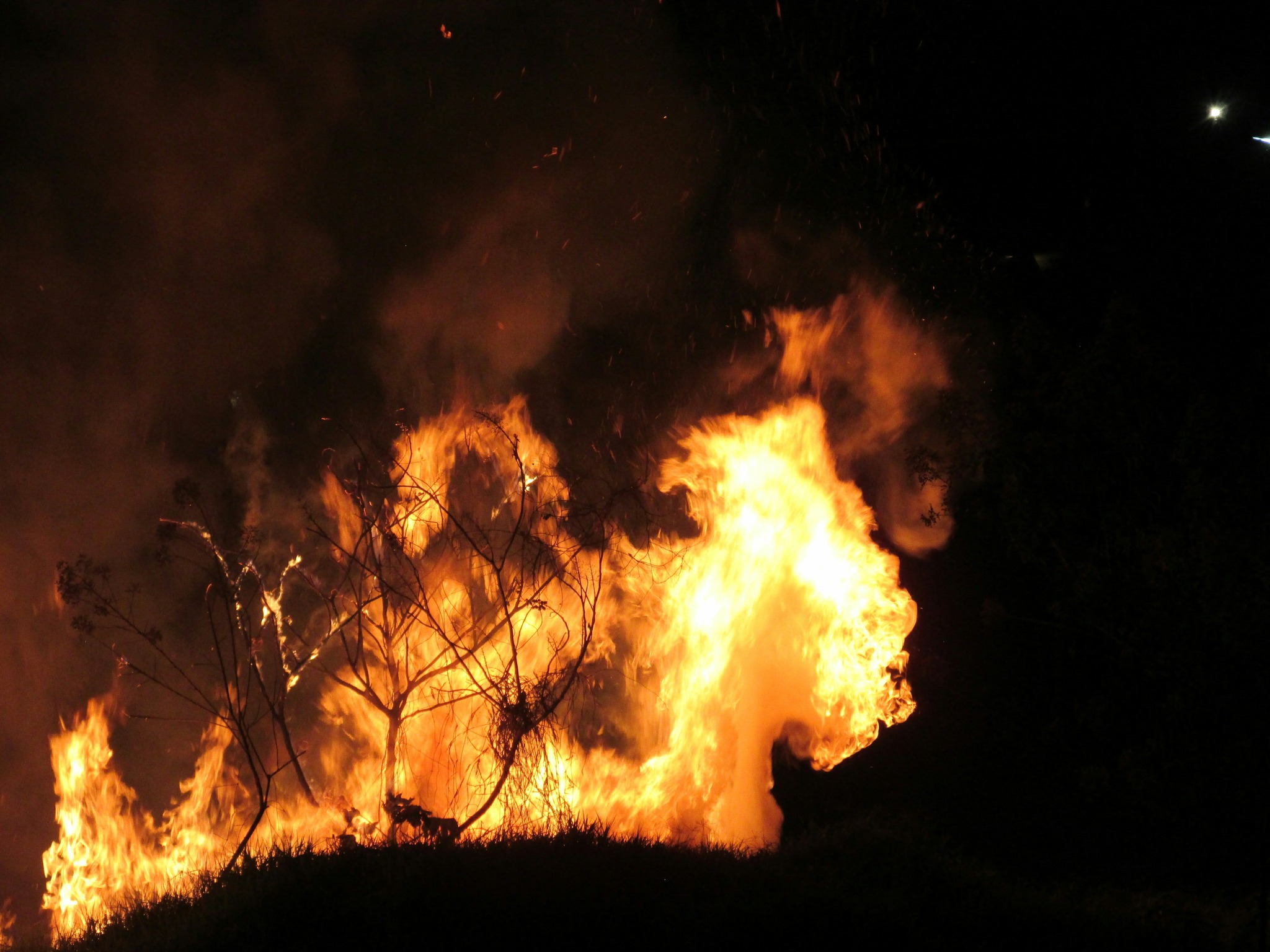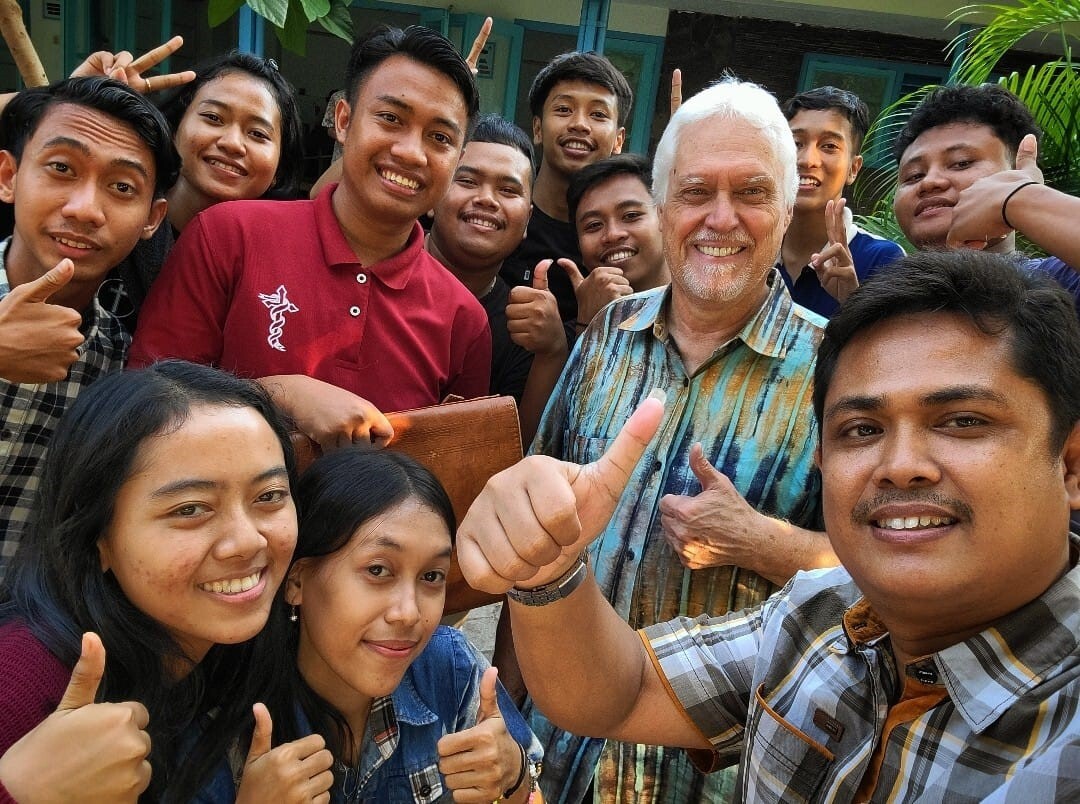-
A reminder of our presence in the world
“We are stewards of creation; this tree reminds us that every step we take as Commissions, as Officers, and Networks has repercussions for creation,” says Henk Stenvers, MWC president. It also symbolizes our presence in the world, he said. The Executive Committee, Commissions, staff and Creation Care Task Force planted a linden tree (tilia cordata)…
-
MKC calls for prayer from our global Anabaptist family
Beloved sisters and brothers Mennonite World Conference calls for prayer for our member church Meserete Kristos Church (MKC) facing religious persecution in Ethiopia from extremist factions. The latest incident to affect ministers of the gospel in MKC occurred 15 May 2025. An extremist group in the region attacked an evangelist working in the West Hararghe.…
-
MWC welcomes election of new pope
Mennonite World Conference congratulates Cardinal Robert Francis Prevost on his election as Pope and 267th Bishop of Rome 8 May 2025, taking the papal name Leo XIV. The election makes history with the first pope selected from North America, following Pope Francis (Cardinal Jorge Mario Bergoglio) who was the first Latin American. In a letter…
-
In memoriam: Pope Francis (1936-2025)
Photo: Ashwin Vaswani/Unsplash Mennonite World Conference joins Catholics and other faith communities across the world in mourning the loss of Pope Francis, who died on 21 April 2025, at the age of 88. He had been recovering at his residence Domus Sanctae Marthae after hospitalization for bilateral pneumonia. “With gratitude, we remember the life of…
-
Easter message: Together
A holy day message from the General Secretary Christ is risen! He is risen indeed. In the Garden of Gethsemane, Jesus prayed for his followers to be one. This Easter, I am pleased to share this message from leaders of Christian communions across twelve distinct traditions. Through my work with various world communion leaders, I…
-
Urgent prayer: earthquake in Myanmar
A 7.7 magnitude earthquake struck central Myanmar, followed by a 6.4 magnitude aftershock. The earthquake affected the region as far as Thailand, China and India.
-
Collaborative Anabaptist response to DRC crisis
“We are deprived of the Bibles, water, soaps and even food,” writes a representative of the youth organization of a Mennonite Brethren church in Bukavu in the Democratic Republic of the Congo. “We are soliciting the accompaniment of your prayers and materials.” Mennonite World Conference has convened an inter-Anabaptist task force to respond to the…
-
A pastoral letter regarding legal action for the protection of religious liberties
Beloved sisters and brothers We call you to prayer for our siblings in the USA who are taking legal action that seeks to restore the rights of people of faith to gather, worship and serve without government interference. Mennonite Church USA joins more than 20 Christian and Jewish communities in this action. The current presidential…
-
A pastoral letter for Anabaptists in DR Congo
We received a request for prayer from our leaders in DR Congo. Pastor Jean-Pierre Muya, president of MWC member church Communauté Mennonite de Congo (CMCo), writes: “This is a difficult time in our country. Please continue to pray for the restoration of peace and for the injured.”
-
A pastoral letter for those affected by wildfires in Los Angeles
Beloved sisters and brothers: The raging fires in Los Angeles in southern California, USA, have impacted many communities. At publication time, the fires have destroyed more than 160 km2, claimed the lives of at least 24 with dozens missing or unaccounted for, and destroyed more than 10,000 structures, including homes and churches. MWC member churches…
-
A spirit of teamwork
James Krabill with students at STAKWW (Sekolah Tinggi Agama Kristen Wiyata) in Pati, Indonesia. About the Mission Commission The Mission Commission provides MWC member churches with resources and a forum for dialogue on global witness and service. The commission brings together the Global Anabaptist Service Network (GASN) and the Global Mission Fellowship (GMF) and enables…
-
Tithes and offerings
Anabaptist World Fellowship Sunday 2025 In many cultural contexts, and particularly in Africa, the offering is as important as the sermon, as a meaningful part of worship. The pastor often asks one of the ushers to pray, to bless the givers, and also that those who are not giving may be blessed to give. Often…
